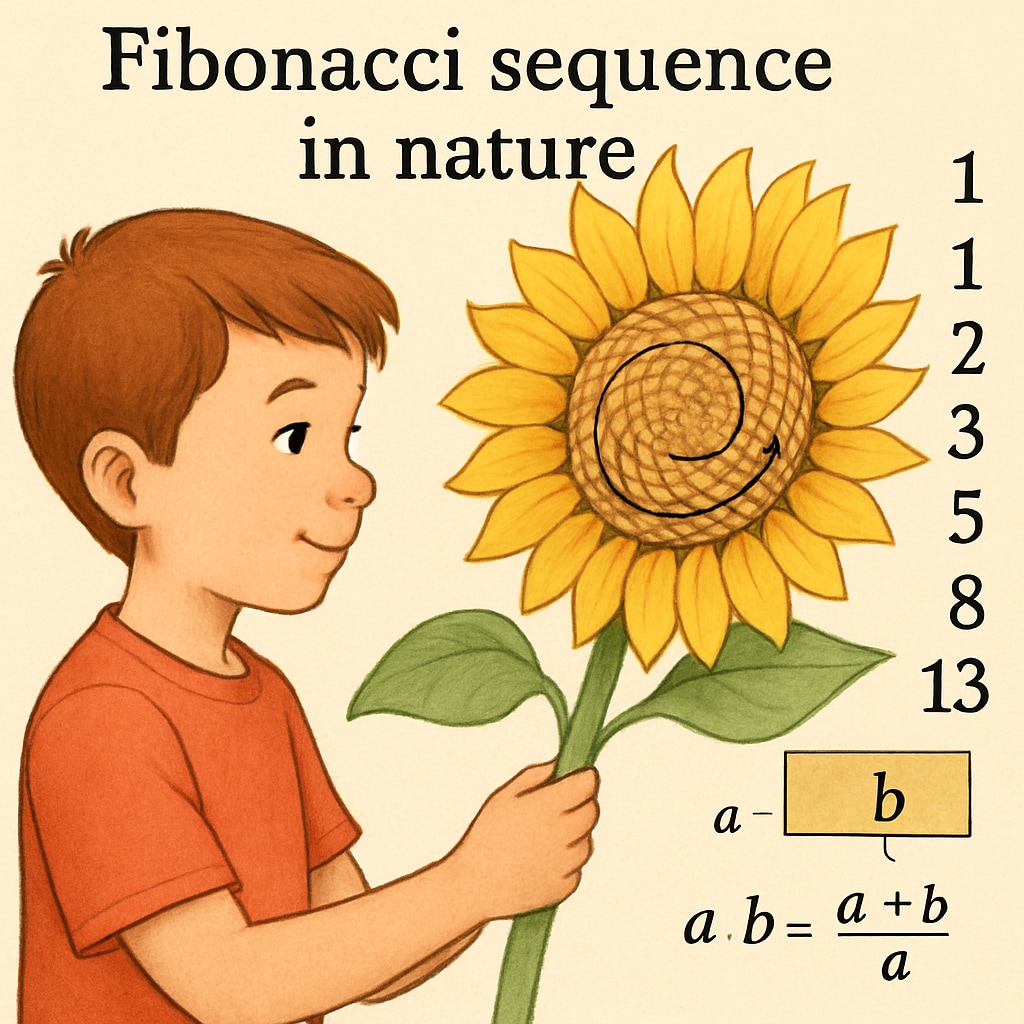When children question the necessity of learning math, educators and parents often face a critical moment to inspire them. The challenge lies in addressing concerns about “math education, student motivation, teaching challenges” without resorting to generic answers like “you need it for exams.” Instead, this moment can be transformed into an opportunity to explore deeper connections between math and the world around us, fostering genuine curiosity and critical thinking.
Moving Beyond “You’ll Need It for Life”
One common response to the “why learn math?” question is the practical argument: “You’ll use it in real life.” While this answer is partially true—math is essential for budgeting, navigating measurements, and analyzing data—it often fails to resonate with young learners. Instead of focusing solely on future utility, educators should aim to captivate students by showcasing how math shapes the present world.
- Examples in Nature: Introduce concepts like the golden ratio, which appears in art, architecture, and nature’s patterns.
- Technology Applications: Demonstrate how algorithms power social media, gaming, and artificial intelligence.
- Problem-Solving Skills: Highlight how math develops logic and decision-making abilities applicable across various careers.

Fostering Critical Thinking and Cognitive Skills
Math is more than numbers and equations; it’s a gateway to developing critical thinking and reasoning skills. For example, solving algebraic problems teaches students to break down complex issues into manageable parts, while geometry enhances spatial reasoning. These cognitive benefits extend far beyond the classroom, making math essential for understanding patterns, predicting outcomes, and making informed decisions.
Moreover, research shows that math contributes to brain development. According to studies on neuroplasticity, activities that involve logical reasoning can strengthen neural pathways and improve overall cognitive function.

Respecting Curiosity and Encouraging Open Dialogue
When students question the value of math, it’s crucial to respect their curiosity rather than dismiss their doubts. Open dialogue creates trust and allows educators to understand the root of their concerns. For instance, some students struggle with confidence in math, while others may find it irrelevant to their interests. By addressing these challenges empathetically, educators can tailor their responses to individual needs.
Effective strategies include:
- Connecting math to hobbies or passions, such as sports statistics or music theory.
- Incorporating hands-on activities, like building models or conducting experiments.
- Using storytelling to explain historical breakthroughs in mathematics.
As a result, students are more likely to see math as a tool for exploration rather than a mandatory subject.
Conclusion: Transforming Doubts into Opportunities
When children ask, “Why do I need to learn math?” it presents educators and parents with an opportunity to inspire rather than impose. By connecting math to real-world applications, emphasizing its role in cognitive development, and respecting student curiosity, we can transform such questions into meaningful discussions. Ultimately, the goal is not just to teach math but to help students discover its value and relevance in their lives.
As educators and parents, embracing this challenge with empathy and creativity ensures that math becomes more than a subject—it becomes a cornerstone of critical thinking and personal growth.


